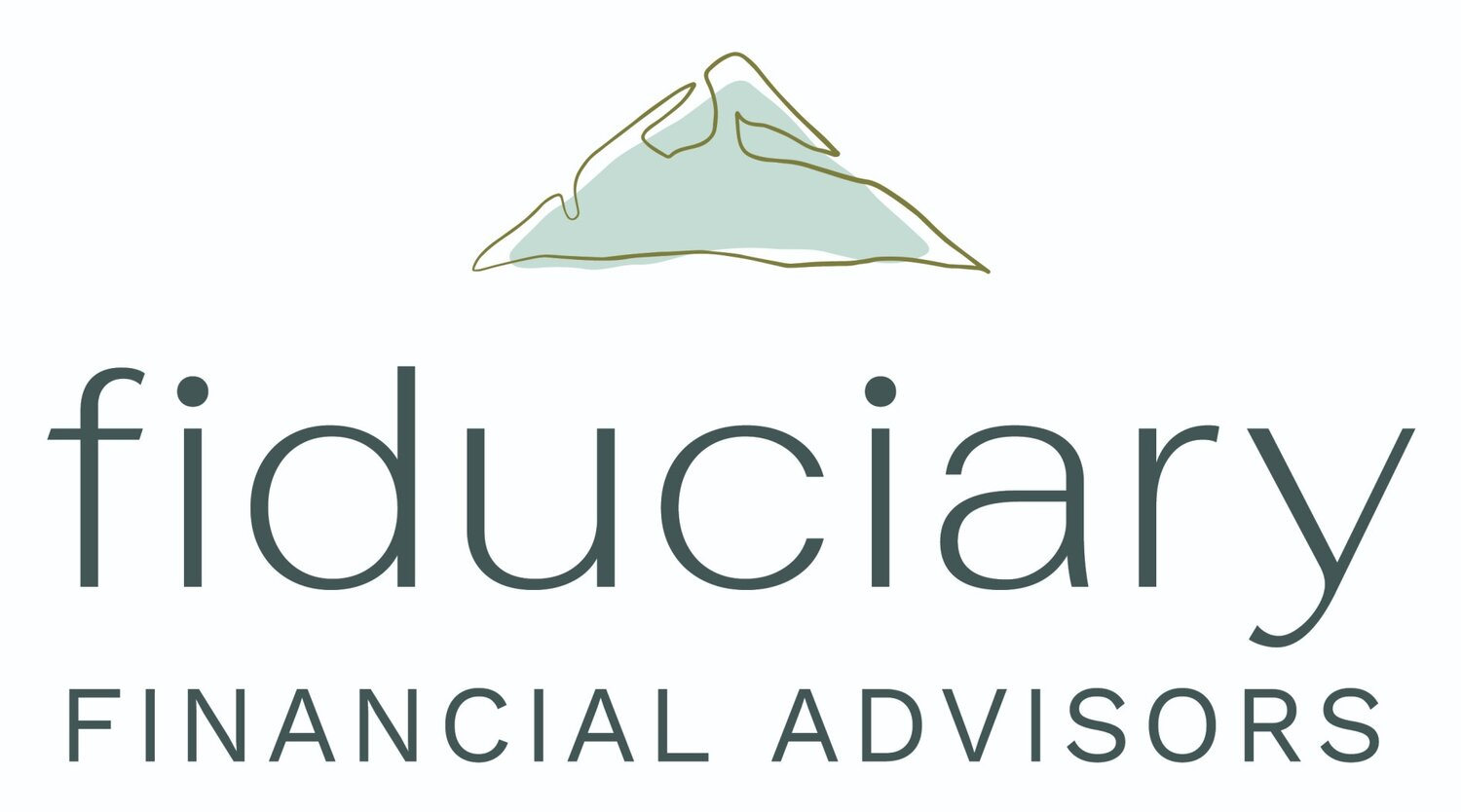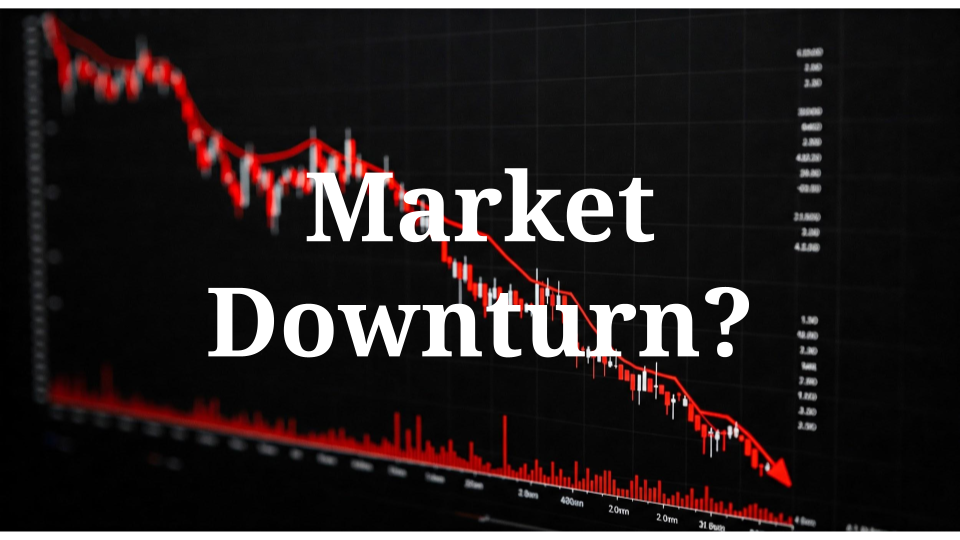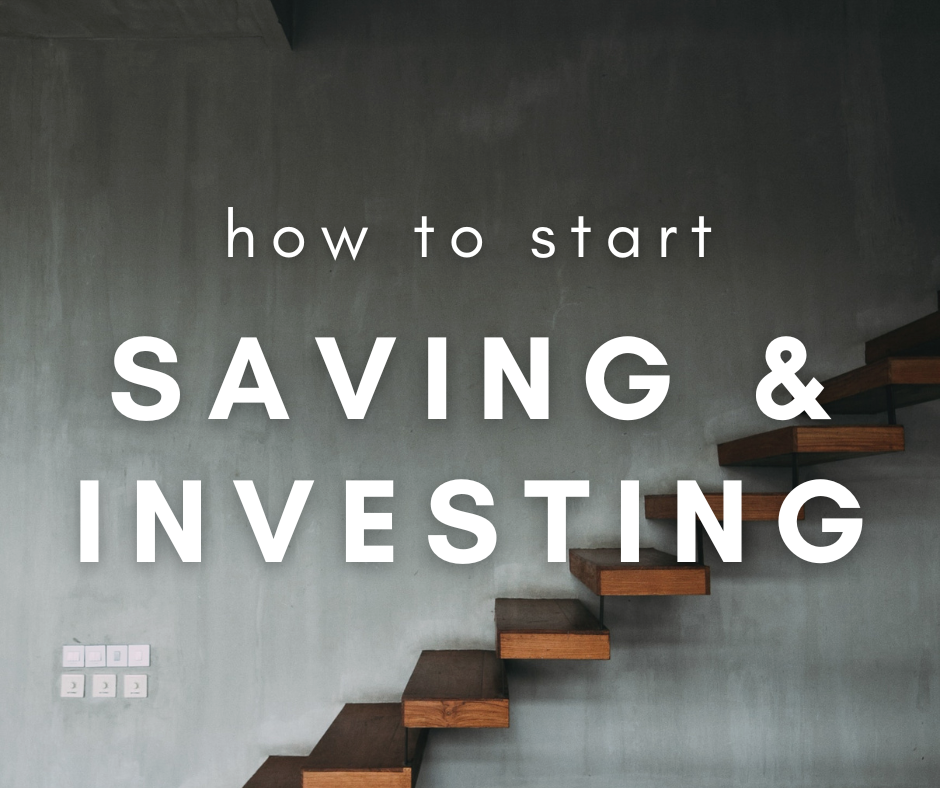Maximizing Tax-Smart Charitable Giving: 4 Strategies to Consider
/If you are passionate about supporting your favorite charities while optimizing your tax liabilities, this blog post is tailored for you. We will explore four tax-smart strategies that could help you maximize your charitable giving. It's essential to consult your tax professional before implementing these strategies, as everyone's financial situation is unique.
1. Bunching Your Contributions
The standard deduction for 2023 varies depending on your filing status: $13,850 for Single Filers, $27,700 for Married, and $20,800 for Head of Household. To benefit from itemizing your tax return, your total deductions should exceed the standard deduction. Otherwise, choosing the standard deduction might be more straightforward.
For example, if you are married and plan to donate $15,000 annually to your preferred charity, and your standard deduction is $27,700, donating $15,000 alone wouldn't surpass the standard deduction. In this case, opting for the standard deduction makes more sense.
However, consider an alternative approach: accumulate $15,000 in year 1, year 2, and year 3, totaling $45,000. During the first two years, take the standard deduction, and in year 3 donate the $45,000 and itemize your tax return to deduct the charitable donations. This three-year "bunching" strategy could help minimize your overall tax burden.
"In general, contributions to charitable organizations may be deducted up to 50 percent of adjusted gross income…" (Source: IRS; link below)
2. Using a Donor Advised Fund (DAF)
A Donor Advised Fund (DAF) is a specialized account designed for charitable donations. When you make an irrevocable donation to a DAF, you become eligible for a tax deduction in that year. The funds in the account can be invested and directed to specific charities in the future.
You can combine the bunching strategy with a DAF, which can be especially useful if you donate to multiple charities. It simplifies tax recordkeeping and may be appreciated by your CPA.
3. Giving Appreciated Investments Instead of Cash
Donating appreciated investments from a taxable brokerage account directly to a charity can be advantageous. When you sell an investment in such an account, you typically incur capital gains taxes. However, donating the investment directly to a charity may allow you to avoid capital gains tax. Ensure you've held the investment for at least one year to qualify for long-term capital gains treatment and claim the deduction if itemizing. (Source: Fidelity; link below)
The cash you initially intended to donate can be used to repurchase the investments, effectively resetting your cost basis. This can lead to lower capital gains when you eventually sell the investments, resulting in reduced future tax obligations.
4. Qualified Charitable Distribution (QCD)
As you approach retirement, you'll be required to take Required Minimum Distributions (RMDs) from your traditional retirement accounts, typically starting between 70.5 and 75 years old, depending on your birth year.
If you wish to allocate some or all of your RMDs to charity to avoid paying taxes on them, consider a Qualified Charitable Distribution (QCD). You can direct your RMD to your chosen charity, provided it's the first withdrawal of the year. This strategy is beneficial if you are already planning on being charitable while facing RMD requirements.
Utilizing these strategies for charitable giving can significantly reduce your tax liability. Supporting charitable causes is admirable, and doing so while optimizing your tax situation is even better.
Jurgen Longnecker
Action Tax & Accounting, PC 616.422.3297 actiontaxandaccounting.com
I'd like to extend my thanks to Jurgen Longnecker for his contributions to this blog post. Having insights from a CPA regarding charitable contributions and taxes is always incredibly valuable.
References:
https://www.fidelity.com/viewpoints/personal-finance/charitable-tax-strategies
Fiduciary Financial Advisors, LLC is a registered investment adviser and does not give legal or tax advice. Information presented is for educational purposes only and does not intend to make an offer or solicitation for the sale or purchase of any securities. The information contained herein has been obtained from a third party source which is believed to be reliable but is subject to correction for error. Investments involve risk and are not guaranteed. Past performance is not a guarantee or representation of future results.




















































